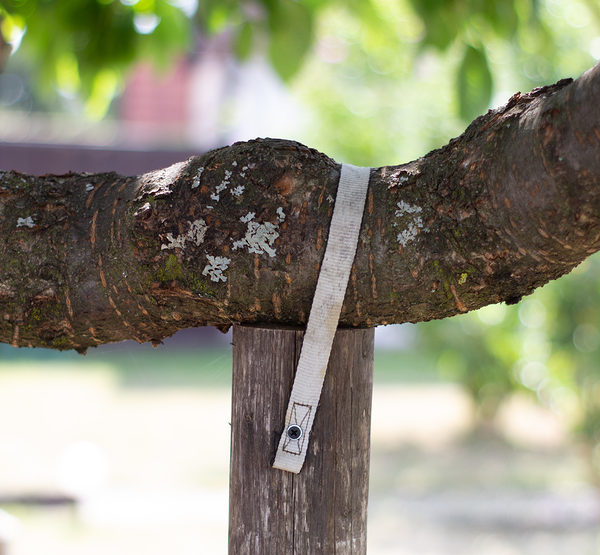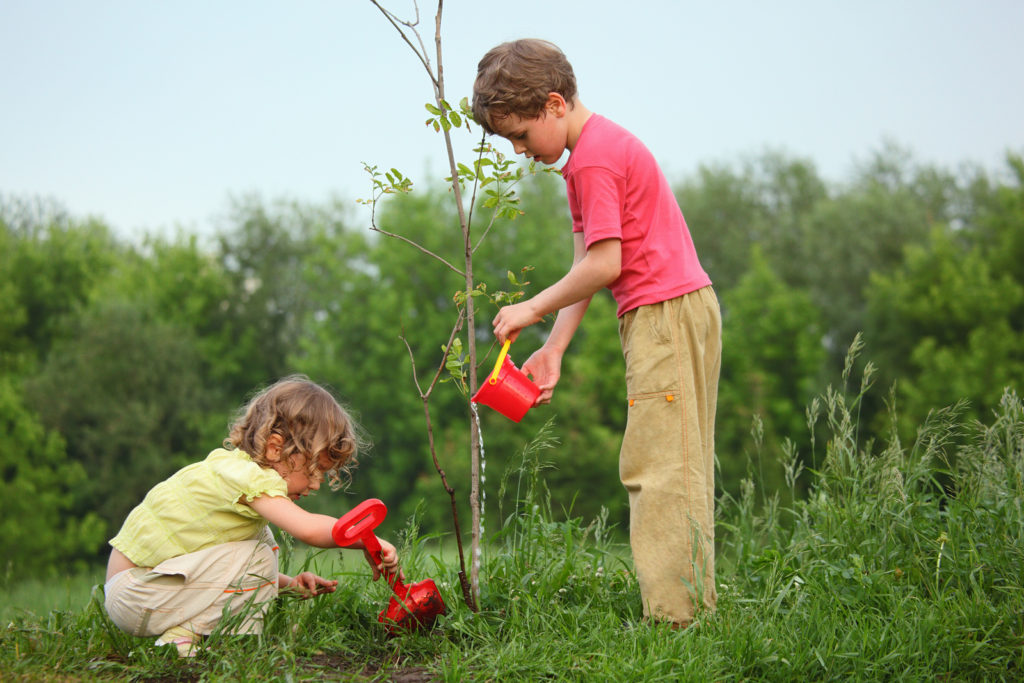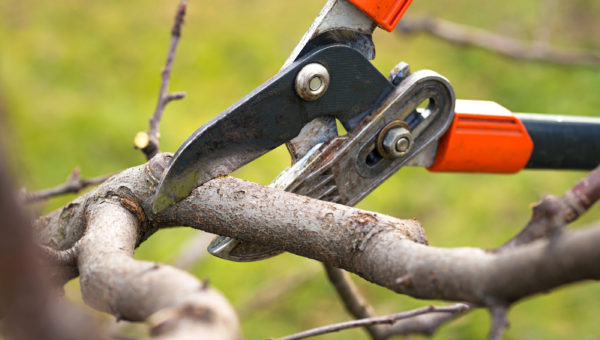Tree support systems are a common method for protecting and stabilizing trees. You especially see this kind of tree care technique in regions where inclement weather is frequent, and on trees that are deemed unsafe or potential hazards. If you are concerned about the quality and condition of your landscaping trees, a tree support system might be the perfect solution. There are different kinds to choose from, which means you’ll want to do a little research first.
Start by scrolling below to review some basic information about tree cabling and bracing.

Tree Support Systems
A tree support system is a scheme of braces, wires, ropes, and hardware that is meant to supplement backing and stability. Such systems are designed to minimize or limit the amount of movement in principal parts of a tree, such as the main branches and trunk, as well as, other parts, like smaller limbs, twigs, and more. This in turn prevents the tree from gaining enough inertia to crack, break, or topple over. Although most systems are installed to support an entire tree as a whole, they can also be focused on specific sections depending on the needs of the tree.
Types of Tree Supports
Sometimes, all a tree needs are some minor pruning to support it through the seasons. However, there are many trees that require a more intensive approach. There are 4 primary methods of supporting a tree. These include cabling, bracing, guying, and propping. The most widely-used and supported tree care practices are cabling and bracing, yet, it is very common to use a combination of the four when necessary.
Tree Cabling and Bracing
The purpose of tree cabling is to restrict the degree of movement in certain branches and limbs, or for the whole tree. This is accomplished by installing a variety of cables, wires, and hardware like anchors and hooks.
Tree bracing is similar to cabling in many ways. It is implemented with the purpose of maintaining certain distance and limiting movement between two leaders (trunks) of a tree. Rods are used to keep two trunks from growing farther apart, or moving sideways against each other. Bracing is also used reconnect broken limbs.
Tree Guying
Tree guying is the practice of securing a tree to the ground with the purpose of reducing movement. In turn, this prevents the tree from toppling over or breaking apart. It is traditionally implemented by installing anchors to a tree and in the ground, and then connecting them with a cable.
Tree Propping
Tree props are built and installing in the ground to act as a backing or support for trees. They are installed to support both trunks and limbs, and mostly used for trees that are leaning or in the way. For instance, if a tree has a large limb that dangles over and blocks your gate, you could use a prop to keep the limb from drooping so slow.
For an accurate evaluation of your property’s tree care needs, contact a licensed tree service company. They can provide an on-site assessment and help you create a fall tree care plan that is both viable and within budget.
Affordable Noblesville Tree Services
Call 317-537-9770 for professional tree service in Noblesville, Indiana. We offer a wide range of professional tree services for residential and commercial properties. Ask us about our competitive pricing and our tree service coupons! And please feel free to contact us anytime for free estimates, advice, general tree removal information, and more. Call 317-537-9770 to request a free estimate, today.









